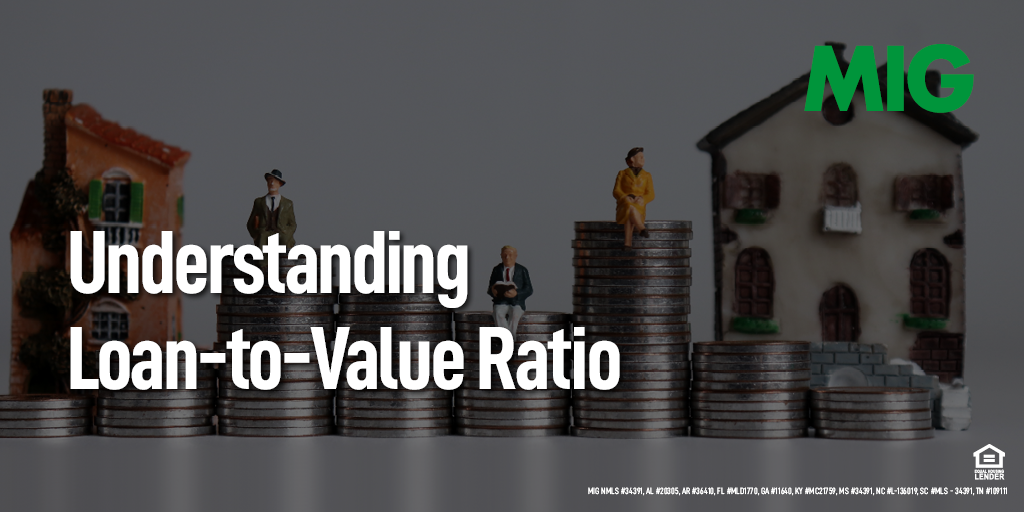Understanding Loan-to-Value Ratio

Posted by : Admin
Chances are good you’ll learn several interesting things on your homebuyer’s journey. For example, there are several ways lenders measure your finances to decide if they can approve a mortgage loan for you. It’s important for homebuyers to understand what lenders work with to determine the risk of loaning you money. One of the biggest numbers that weighs into their decision is a loan-to-value ratio.
What Is a Loan-to-Value Ratio?
Figuring out the loan-to-value ratio, which is also called the LTV ratio, is relatively simple:
Divide the purchase price of the home by how much your loan is going to be.
Let’s say you’re buying a $300,000 home. You are going to use $30,000 of your savings as a down payment, so you’ll need a loan for $270,000 from your lender. Divide $270,000 by $300,000 to arrive at your loan-to-value ratio, which is 90%.

Is There an Ideal Number?
A “magic” loan-to-value number doesn’t exist, but a higher one does pose risk. In some loan programs, if your LTV ratio is 80% or higher, you’ll be required to purchase private mortgage insurance (PMI), which can be costly. A lower LTV ratio can also land you better interest rates in some cases, saving you money every month. The optimum LTV ratio range is 60-79%.
Are There Limitations?
Certain loan programs dictate the highest loan-to-value ratio they will accept. These can vary greatly and may depend on other factors, like the borrower’s credit score.
Can the LTV Ratio Change?
Yes, it can change even after purchase. If you own a home that appreciates fast, such as in a buyer’s market or if you bought in a hot neighborhood, the home’s increasing value makes the LTV ratio decrease. Unfortunately, if the real estate market tanks or your neighborhood gets run down, your loan-to-value ratio can increase. If the LTV ratio is over 100%, this means you’re “underwater” with your mortgage loan, or you owe more than the value of the home.

How Can Buyers Make Their Loan-to-Value Ratio Better?
If it looks like you’re going to end up with a high LTV ratio, you can take steps to address that before buying a house. First, you can sock away a bigger down payment so you will need a smaller mortgage loan. You may also decide to buy a less expensive house, which would make your down payment cover more of the cost.
Navigating buying a house can be challenging, and there will undoubtedly be terms you will hear for the first time in your life during the process. Being educated on the terms that will affect your chances of getting a mortgage, like the loan-to-value ratio, can guide you in making good financial decisions, setting your budget, managing your expectations, and helping you understand your loan options.
Are you looking for a mortgage company near you? Contact MIG to find the closest branch to help secure your next mortgage loan!


